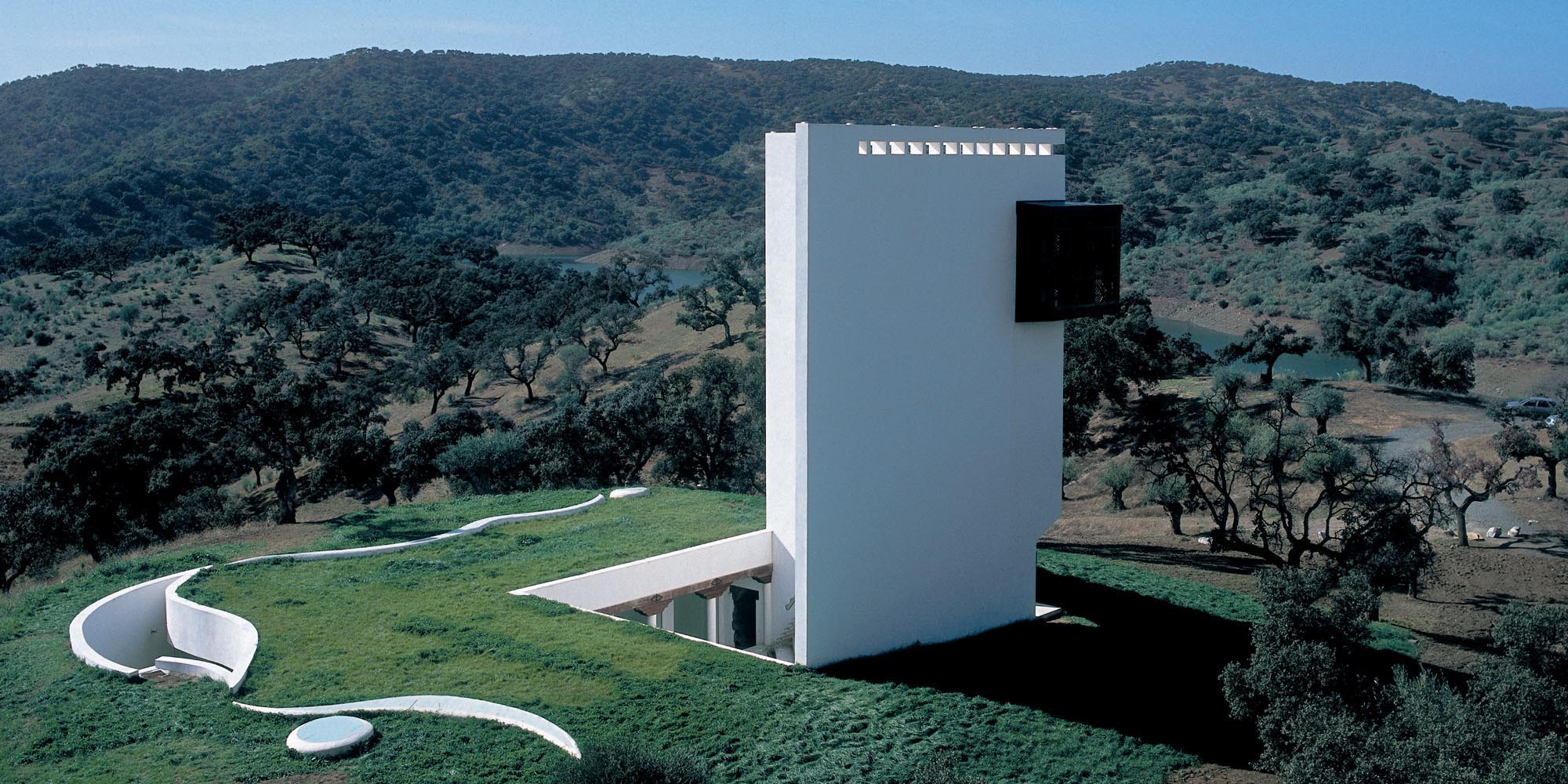The Museum of Modern Art (MoMA) in New York City has established a new research institute (made possible by Argentinian-born progenitor of “green” architecture Emilio Ambasz) that sets out to further understand the complex relationship between architecture and ecology. Located within the museum’s Department of Architecture and Design, the newly formed Emilio Ambasz Institute for the Joint Study of the Built and the Natural Environment will place a pronounced focus on digital initiatives to help to spur global conversations on sustainability while also specifically setting out to study how the design of our cities, buildings, and landscapes can be more effectively harnessed, in the words of the museum, “in order to work toward an ecological future and environmental justice.”
Established with a gift from the Legacy Emilio Ambasz Foundation (LEAF), the institute will enable “MoMA to continue its global leadership on sustainability issues while celebrating and cultivating a deeper public understanding of architecture and design,” according to a press statement announcing the institute. “Research opportunities and a variety of programs including public lectures, conferences and symposia, many of them online, will bring together and prompt conversations amongst architects, designers, policy makers, social thinkers, historians, and the general public.”
The area of research within the institute is one that’s fundamental yet rife with new possibilities and of increasingly urgent consequence as the climate warms, the oceans rise, land use expands, and natural resources become increasingly stretched thin. While more contemporary names have certainly picked up the sustainable design mantle (and then some), Ambasz is an architect—“the Messiah of Green Architecture” per James Wines—whose visionary work, both proposed and realized, predates the contemporary movement toward a more ecologically-sound built environment. The rather enigmatic Ambasz been putting parks on top of buildings, placing gardens on building facades, and blending structures into their surrounding natural landscapes so that they fully disappear into them for years.

“It was Emilio Ambasz who first called our attention to nature and to the environment at quite an early point in his career, and ever since, he has striven to achieve a fusion of nature and architecture,” said Japanese architect Tadao Ando in an essay published in the 2016 book Emilio Ambasz: Architecture & Nature / Design & Artifice. “By using nature on a massive scale, Ambasz presents us with the entire environment as a constellation from which architecture draws its essential being. There is, I believe, no prior example of nature governing architectural creation with such poetic power and haunting seduction.”
In addition to his status as the godfather of green architecture, Ambasz has a long relationship with the MoMA, including serving as its Curator of Design with the Department of Architecture and Design from 1969 through 1976. From 1978 on, Ambasz has served as a member of MoMA’s International Council and extended his largesse in support of numerous council initiatives. He is also a former member (2002-2006) of the Board of Directors of MoMA PS1. Outside of these roles, Ambasz has been the subject of two exhibitions at the museum, Emilio Ambasz/Steven Holl: Architecture (1989) and In-Depth: The House of Spiritual Retreat by Emilio Ambasz (2005-2006), and his work has been featured in a multitude of group shows over the years. A prolific product designer in addition to architect, Ambasz’s first-of-its-kind ergonomic office chair design, Vertebra Operational Chair, is held in the museum’s permanent design collection.

According to the MoMA, the museum plans to organize and present “within the next few years” an exhibition on green architecture and the pivotal role Ambasz has had in shaping this “ground-breaking field that can counteract challenges caused by the destruction of the natural environment.”
Outside of MoMA, Ambasz has served as the president of the Architectural League (1981-1985), authored several books, and held professorships at universities including his alma mater of Princeton. An Honorary Member of the American Institute of Architects (2010) and an International Fellow of the Royal Institute of British Architects (2015), Ambasz has received numerous awards and accolades for his contributions to both architecture and industrial design including a handful of Progressive Architecture Awards and a Medal of Science from The Institute for Advanced Studies, University of Bologna (2014), and was bestowed as a Commendatore d’Italia by the Italian government in 2013.
AN will share more information about the new initiatives from the MoMA institute that bears Ambasz’s name as they are announced.











